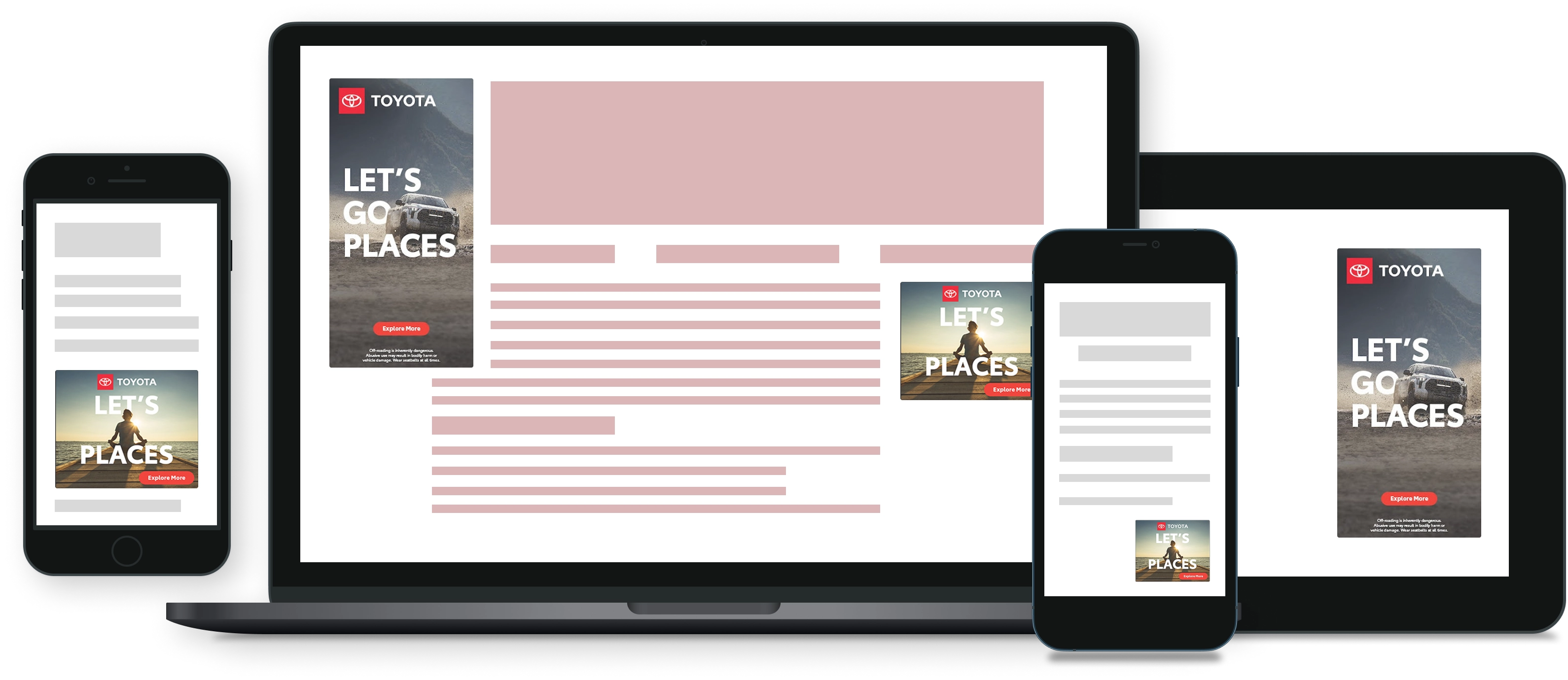Why Frequency Capping Is Broken (and How First-Party Identity Fixes It)

Here’s a stat that should make any advertiser pause: Only about 25% of the web today is consistently addressable with third-party cookies. While that number is stabilizing in some environments, the reliance on them is still being rethought. One area especially impacted? Frequency capping, one of the most essential tools in digital advertising.
What is Frequency Capping?
It’s the straightforward practice of limiting how many times a user sees the same ad. This helps prevent wasted impressions (no one wants to see the same ad 10 times) and ensures a better user experience.
But here’s the challenge: frequency capping in many programmatic environments still depends on third-party cookies. And even with changes to cookie deprecation timelines, the writing is on the wall. Long-term success in digital advertising requires solutions that exist with first-party data.
So What’s the Path Forward?
🔐 First-party identity.
This is where Ezoic’s ezID plays a vital role.
ezID empowers publishers to recognize users over time and across sessions, even in browsers or environments where third-party cookies are restricted or unavailable. That makes frequency capping not only possible again, but smarter.
For example:
- A user visits a site and signs up for a newsletter.
- ezID ties that session to a durable, first-party identifier.
- Advertisers can now deliver optimized ad exposures based on real user behavior and not guesswork.
Why it Matters
Let’s put this into a real-life context: According to The Trade Desk, 80% of programmatic ad impressions today lack a usable ID. That means most impressions are being served without any reliable understanding of who the user is or how often they've been shown an ad. Frequency capping, in these cases, is either broken or completely missing.
This isn’t just a technical issue. It’s one that users truly feel.
Picture this: A visitor clicks through to a recipe blog from Facebook on their iPhone. They scroll, maybe glance at the ad mid-article, but they don’t click on it. Later that evening, they see the exact same ad three more times while browsing other sites. Why? Because there’s no shared identity to track frequency across those experiences.
Now imagine that same user had been recognized via ezID. The advertiser caps the exposure at two impressions. The ad rotates. The user sees something fresh. Trust is preserved. Attention isn’t wasted.
And the data backs this up: Publishers using ezID see a 31% lift in ad fill performance where identity is present because frequency capping, targeting, and optimization all start working properly again.
The Result?
- Fewer wasted impressions
- A better user experience
- Higher CPMs and more advertiser trust
- Stronger performance attribution
As the web continues to shift toward privacy-first advertising, tools like frequency capping will increasingly depend on publisher-owned identity. Solutions like ezID are the foundation for sustainable, effective monetization.
TL;DR: Frequency capping remains a core tactic, but the way it works is evolving. ezID enables smarter, privacy-compliant frequency management through first-party identity, keeping publishers aligned with advertiser expectations now and into the future.


